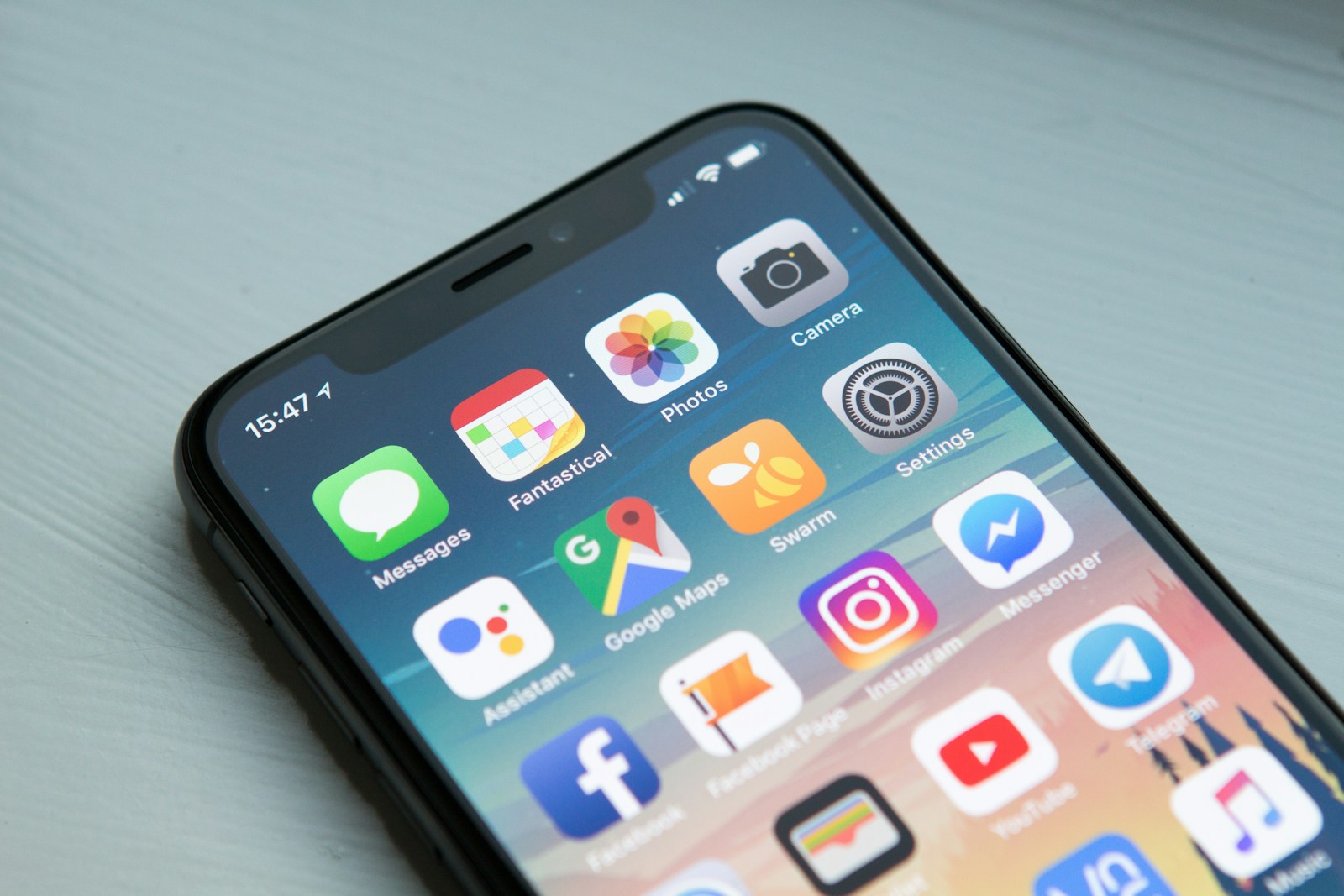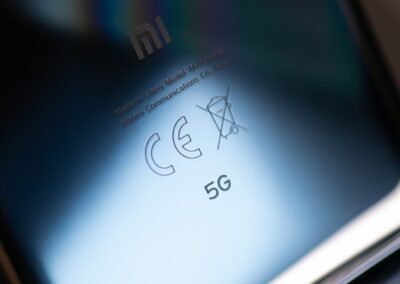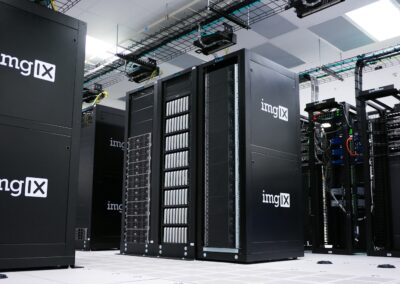Revolutionizing Public Safety Networks with IoT Technology
Improving Communication Accuracy with IoT Integration
IoT-enhanced public safety communications are at the forefront of transforming how emergency services manage and execute their operations. The integration of Internet of Things (IoT) technology into public safety networks represents a significant leap forward in improving the accuracy and reliability of communication systems that are vital during emergencies. In the complex and high-stakes environment of public safety, every second counts, and the ability to communicate effectively can mean the difference between life and death.
IoT devices, such as sensors, connected radios, and smart cameras, play a crucial role in providing real-time data that aids in monitoring and responding to emergencies with greater precision. For instance, sensors placed in key locations can detect environmental changes, such as smoke or gas leaks, and immediately relay this information to emergency responders. This capability ensures that incidents are tracked with pinpoint accuracy and that updates reach field personnel without delay, thereby enhancing the overall responsiveness and effectiveness of public safety networks.
In addition to enhancing accuracy, IoT technology also addresses the longstanding issues of reliability in communication systems. Traditional communication methods often suffer from limitations such as signal degradation, interference, and bandwidth constraints, especially during large-scale emergencies when multiple agencies are involved. IoT technology offers a solution by utilizing multiple data points and creating redundant communication pathways that help maintain the integrity of information being transmitted. As a result, emergency responders receive the most accurate and timely information available, enabling them to make informed decisions under pressure.
Enhancing Reliability and Coordination Across Agencies
The integration of IoT in public safety communications networks extends beyond just improving accuracy—it also ensures a higher level of reliability, which is critical during emergencies. When traditional communication systems fail due to overloaded networks or environmental factors, IoT-enabled devices can continue to transmit crucial data. For example, if a radio signal is lost in a disaster zone, IoT devices can switch to alternative communication channels, such as satellite or mesh networks, ensuring that vital information is still delivered to those who need it most.
Furthermore, IoT technology facilitates seamless communication and coordination between various public safety entities. In large-scale incidents involving multiple agencies—such as police, fire departments, emergency medical services, and disaster response teams—effective communication is often a challenge. IoT-enabled systems create an interconnected network where all these entities can share real-time information and collaborate more effectively. This level of coordination not only reduces response times but also ensures that resources are deployed efficiently, ultimately leading to better outcomes during emergencies.
For instance, in smart cities across the UAE and Saudi Arabia, IoT technology is being leveraged to enhance the capabilities of public safety networks. These regions, known for their rapid adoption of modern technology, are integrating IoT solutions into their urban infrastructure to improve the safety and well-being of their citizens. In Dubai, for example, IoT-enabled traffic management systems are used to prioritize emergency vehicles, reducing response times and improving the overall efficiency of public safety operations. Similarly, in Riyadh, IoT technology is helping to monitor and manage large-scale events, ensuring that emergency services can respond quickly and effectively when needed.
Case Studies and Practical Applications of IoT in Public Safety
Various successful implementations of IoT-enhanced public safety communications demonstrate the tangible benefits of this technology in real-world scenarios. One notable example is the use of IoT in disaster-prone areas, where early warning systems equipped with IoT sensors can detect natural disasters such as earthquakes, floods, and wildfires. These systems provide real-time alerts to public safety agencies and the general population, allowing for timely evacuations and preparations, thereby reducing the potential for loss of life and property damage.
Another compelling application of IoT in public safety is in the management of large public events, such as festivals, sports events, and political gatherings. IoT devices can monitor crowd density, detect potential hazards, and provide real-time data to security personnel. This information enables proactive measures to prevent incidents such as stampedes or security breaches. For example, during the Hajj pilgrimage in Saudi Arabia, IoT technology is used to monitor the movement of millions of pilgrims, ensuring their safety and providing a coordinated response in case of emergencies.
In addition to improving safety, the adoption of IoT technology in public safety networks has led to significant cost efficiencies. Automated systems that detect anomalies and dispatch alerts without the need for manual intervention streamline operations and minimize the potential for human error. This not only improves the reliability of communication networks but also ensures that public safety resources are utilized more effectively. For instance, by reducing the need for constant human monitoring, agencies can allocate their personnel to more critical tasks, enhancing overall efficiency and effectiveness.
The Future of IoT in Public Safety Communications
As IoT technology continues to evolve, its applications in public safety will expand, offering even more opportunities to enhance communication systems. The future of public safety communications is likely to be dominated by smart cities, where IoT technology is embedded into every aspect of urban life. From traffic management and environmental monitoring to emergency response and disaster management, IoT will play a central role in ensuring that cities are safer and more resilient.
Moreover, the integration of artificial intelligence (AI) with IoT in public safety communications promises to further enhance the capabilities of these systems. AI can analyze the vast amounts of data generated by IoT devices in real-time, identifying patterns and predicting potential emergencies before they occur. This predictive capability could revolutionize how public safety agencies operate, allowing them to take preventive measures and respond to incidents with unprecedented speed and accuracy.
In conclusion, the integration of IoT technology into public safety communications networks offers significant advantages in terms of accuracy, reliability, and coordination. As demonstrated by the successful implementations in various regions, including the UAE and Saudi Arabia, IoT is transforming how public safety agencies operate, leading to more efficient and effective emergency response systems. As the technology continues to advance, its role in public safety will only become more critical, ensuring that communities are better protected and more resilient in the face of emergencies.
#IoT #PublicSafety #EmergencyCommunications #TechnologyIntegration #CommunicationReliability #SmartCities #SafetyNetworks































